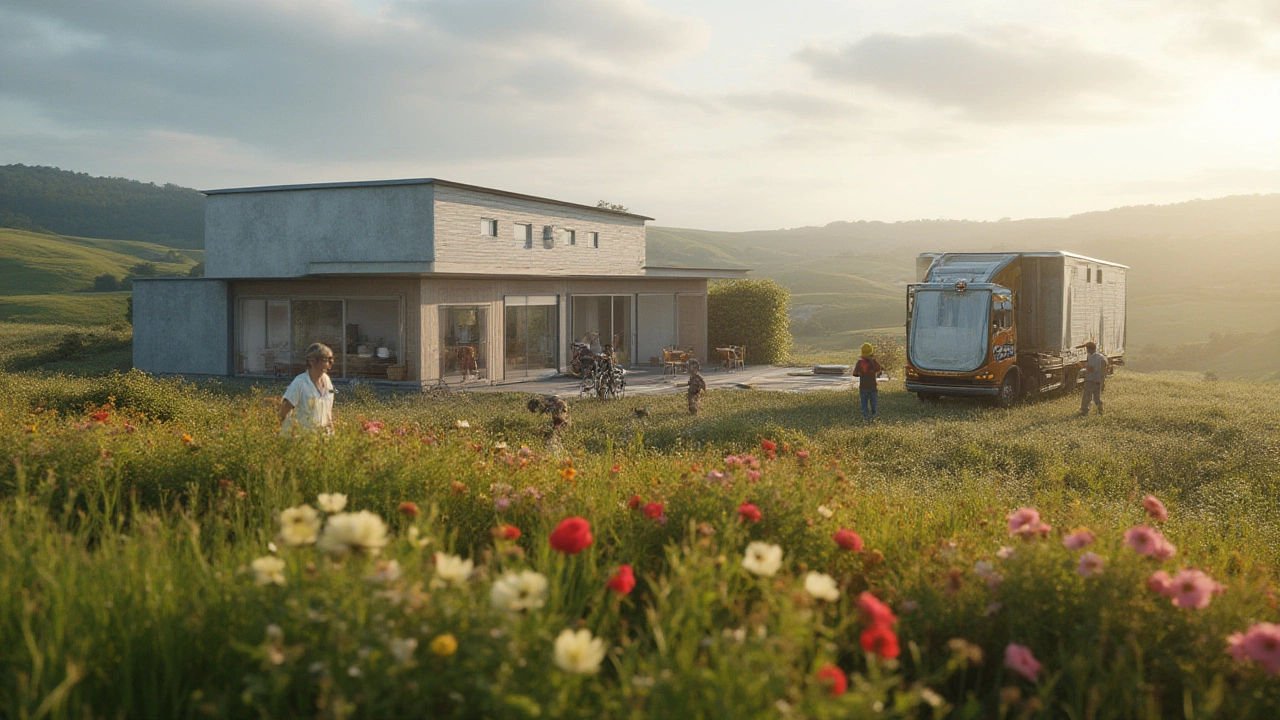
Easiest Type of House to Build: Simple, Low‑Cost Options
If you want a home that comes together quickly and won’t break the bank, start with the basics. You don’t need fancy architecture or expensive materials – just a solid, straightforward design that you can assemble yourself or with a small crew. Below we break down why simple builds work best and which house types are the most beginner‑friendly.
Why Simple Structures Win
First, simple walls and roofs mean fewer mistakes. A rectangular floor plan uses straight cuts, reduces waste, and speeds up framing. Fewer angles also mean less time on the site, which cuts labor costs. Materials like standard 2×4 timber, concrete blocks, or pre‑cut panels are cheap and widely available, so you won’t be hunting for specialty items.
Second, a simple structure is easier to insulate and finish. You can add insulation, drywall, or even expose the natural wood without worrying about complex junctions. This also makes future upgrades straightforward – swap windows, add a porch, or raise the roof without re‑engineering the whole house.
Top Easy‑Build Home Options
1. Prefab Panel Homes – These come as factory‑built wall panels that you lift into place. The panels fit together like a puzzle, so you spend most of the time on the foundation and roof. No on‑site cutting required, and the panels are already insulated.
2. Timber Frame Cabins – A basic wooden frame with large beams and simple post‑and‑beam joints can be erected in a day or two. The walls are then filled with stud walls, sheathing, and siding. Timber is lightweight, easy to handle, and works well in most climates.
3. Concrete Block Bungalows – Stacking concrete blocks creates sturdy walls without the need for a complex formwork system. You can lay the blocks yourself, apply mortar, and finish the interior later. This method is fire‑proof and low‑maintenance.
4. Tiny House on a Trailer – Tiny homes are essentially a small box that you build on wheels. The tight dimensions keep material costs low, and because it’s on a trailer, you avoid foundation work altogether. Many DIYers use plywood panels and a simple roof truss.
5. Earthbag Structures – For the ultra‑budget builder, earthbags are cheap bags filled with local soil and stacked like bricks. Once the walls are in place, you cover them with plaster. It’s slower than prefab panels but requires almost no expensive material.
When choosing, think about what you’re most comfortable handling. If you prefer a quick assembly with minimal on‑site work, go for prefab panels. If you love a hands‑on project and enjoy working with wood, timber frame is a rewarding route. All of these options keep the design rectangular, the roof simple (usually a single gable), and the construction steps easy to follow.
Finally, remember a good foundation is the key to any house, no matter how simple. A concrete slab or pier system provides a level base and protects your walls from moisture. Once the foundation is set, you can focus on the walls, roof, and interior finishes without worrying about shifting or settling.
Building a house doesn’t have to be a nightmare of permits and pricey architects. Pick one of these straightforward designs, gather the right materials, and you’ll have a solid home up and running faster than you thought possible.
